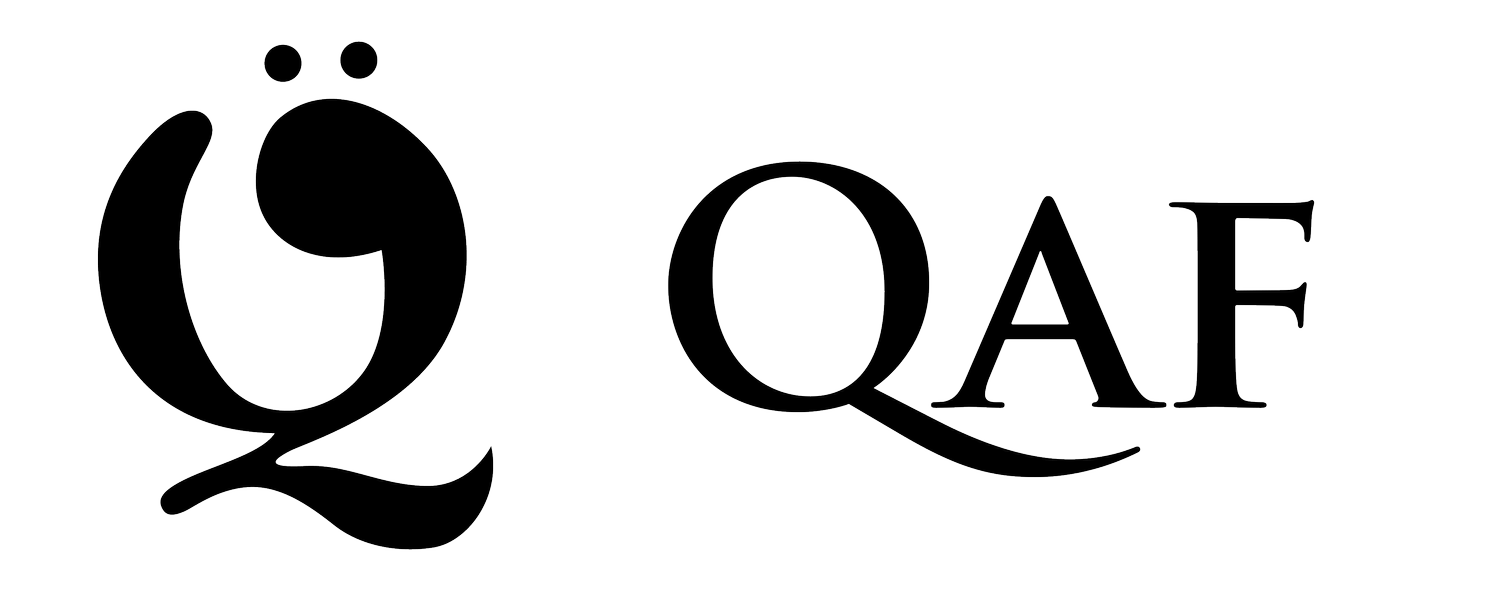Towards Understanding Quranic Arabic Course
by Dr Muhammad Ibrahim H. I. Surty
This Quranic Arabic Course
Teaches Arabic through the Qur'an
Foundation Level course
Consists of 18 lesson from the book, covering 93 grammatical rules
Course starts Sunday 3rd November 2024
Classes start 10:00am till 12:00pm each Sunday
Onsite Lessons at QAF House, 552B Coventry Rd, Birmingham B10 0UN
Classes broadcast live each week
Course Description
The course covers the basic linguistic structures of the Arabic of Qur'an. A vocabulary of some five hundred words is acquired, which students should begin to be using actively by the end of the course. The morphological patterns of Arabic will be covered and competence in dictionary use will be taught.
Relevant passages from the Qur'an covering the above mentioned grammatical themes shall be studied. Students are expected to translate unseen passages from the Qur'an.
Learning Outcomes
The purpose of the course is to give students confidence in dealing with basic Qur'anic Arabic and to provide them with the foundations for development of their own Arabic skills further.
(a) The course provides ample opportunities to make a considerable development towards the comprehension of the Arabic language in general and Qur'anic Arabic in particular.
(b) The graded introduction and skilful use of derived forms of the verbs broaden the horizon of the language and create confidence among the students.
(c) Students' skills are developed towards the comprehension of unlocalised Arabic text and translation of unseen Arabic text.
Teaching Methods
Judicious use of such vocabulary which frequently occurs in the Qur'an and which can effectively explain grammatical themes through graded progression. Graded introduction of the grammatical themes and their example analysis.
The course is taught through extensive exercises, oral and written, with each unit thoroughly drilled before progressing to the next.
Contents
a) Definite and indefinite nouns, gender, different forms of personal pronouns, possessive pronoun, nominative, accusative, and genitive cases, prepositions, idafah, the construct phrase and adjective.
b) Graded introduction of
i) perfect and
ii) imperfect
iii) verbal noun
iv) active participle and
v) passive participle in the first form of the verb. It covers perfect and imperfect indicative in sound and weak roots.
c) Study of a selection of text from the Qur'an, Hadith, Arabic text as well as designed text closely related to the grammatical themes above.
The course also covers derived forms II X, sound and broken plurals, Kana and its sisters. Imperfect, jussive and subjunctive moods. Emphasis with the corroborative Nun. Adverbs of time and place, numbers, imperative and prohibition.
These themes are taught through designed text and selected Qur'anic text.
Entry Requirements:
Candidates both male and female, aged fourteen years and upward, are required to be able to read Qur'anic Script and understand the English language.
Duration:
40 weeks, 10.00 am to 12.00 pm on Sundays
Venue:
QAF House Lecture Theatre
552B Coventry Road,
Small Heath,
Birmingham, B10 0UN.
Text book:
M. I. Surty, Towards Understanding Qur'anic Arabic: A Manual Teaching Arabic Through the Qur'an, QAF, Birmingham.
This above elementary course in Qur’anic Arabic is based on the second book of a four book series. Learn more here.

